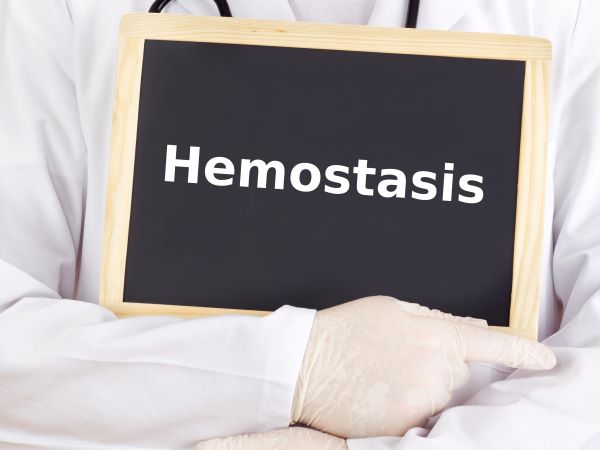Gastroenterology Coding Alert
Reader Question:
Gain Insight Into This Anorexia Case
Published on Fri Dec 22, 2023

You’ve reached your limit of free articles. Already a subscriber? Log in.
Not a subscriber? Subscribe today to continue reading this article. Plus, you’ll get:
- Simple explanations of current healthcare regulations and payer programs
- Real-world reporting scenarios solved by our expert coders
- Industry news, such as MAC and RAC activities, the OIG Work Plan, and CERT reports
- Instant access to every article ever published in Revenue Cycle Insider
- 6 annual AAPC-approved CEUs
- The latest updates for CPT®, ICD-10-CM, HCPCS Level II, NCCI edits, modifiers, compliance, technology, practice management, and more
Related Articles
Other Articles in this issue of
Gastroenterology Coding Alert
- Final Rule:
Look Inside the MPFS Final Rule With These 4 Takeaways
Gain insight into CMS’ split/shared policy update. In Gastroenterology Coding Alert volume 25, issue 10, [...] - Final Rule:
Add +G2211 to Your Coding Arsenal in 2024
Also: find CMS guidance regarding +G2211 and modifier 25 In addition to the final rule [...] - Pre-Op Coding:
Conquer Coding Pre-Op Evals With This Guidance
Also: see how comorbid conditions affect pre-op E/M coding. GI pre-operative evaluations can seem pretty [...] - You Be the Coder:
Get Procedure Facts Straight When Coding EGD with Biopsies
Question: My gastroenterologist performed an esophagogastroduodenoscopy (EGD) with three biopsies, then performed a fourth biopsy on [...] - Reader Question:
Recall This Procedure Code Set with This Suspected Colitis Case
Question: The gastroenterologist recently saw a patient who was complaining of abdominal cramping, frequent bowel movements, [...] - Reader Question:
Resist Temptation to Use Two Codes When One Will Do
Question: Our surgeon performed a colonoscopy and internal hemorrhoidectomy by band ligation for a patient on [...] - Reader Question:
Gain Insight Into This Anorexia Case
Question: My physician diagnosed a patient with anorexia. I’m confused about how to code for the [...]
View All




